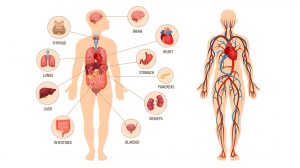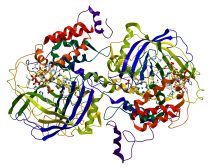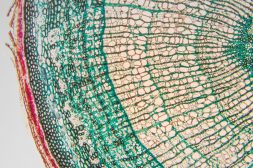Definition
noun
A form of non-Mendelian inheritance in which a trait was transmitted from the parent to offspring through nonchromosomal, cytoplasmic means
Supplement
Non-Mendelian inheritance is a type of biological inheritance wherein the patterns of phenotypes do not accord with those as expected in Mendelian laws on inheritance. It includes extranuclear inheritance, gene conversion, infectious heredity, genomic imprinting, mosaicism, and trinucleotide repeat disorders.
Extracellular inheritance is a non-Mendelian inheritance wherein a trait was transmitted from the parent to the offspring not nuclear in nature but involving other organellar genetic material. There are traits manifested in certain eukaryotes that result from extranuclear inheritance. The mitochondria, for instance, contain genetic material independent of the chromosomes inside the nucleus. During the union of gametes, the mitochondrial DNA from the maternal parent is imparted to its offspring. Hence, when the mitochondrial DNA is expressed the resulting traits would be extranuclear in nature, and determined largely as maternal effect. Inherited diseases relating to mitochondria is called mitochondrial disease.
In humans, fertilization brings the male and female gametes together in union to form the zygote. A functional, mature human male gamete is compact since it loses most of its cytoplasmic contents for mobility. The ovum on the other hand is relatively bigger that it contains many cytoplasmic structures. Hence, most of the organellar genetic material would be derived from the female gamete that when the extranuclear DNA is expressed it is largely a maternal effect.
Other organelle that contains its own genetic material is the chloroplast in plants.
Synonym(s):
- cytoplasmic inheritance
See also:







